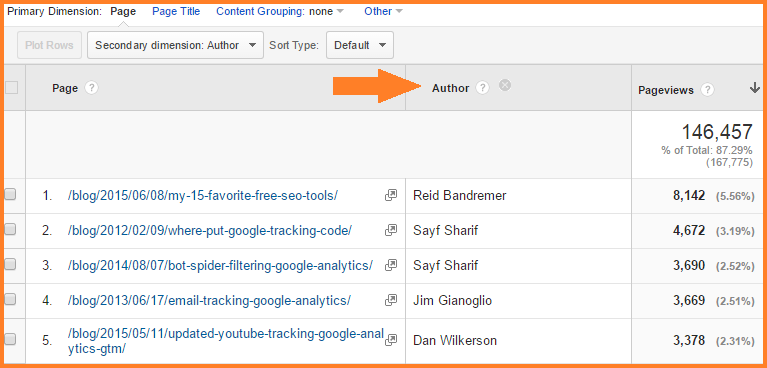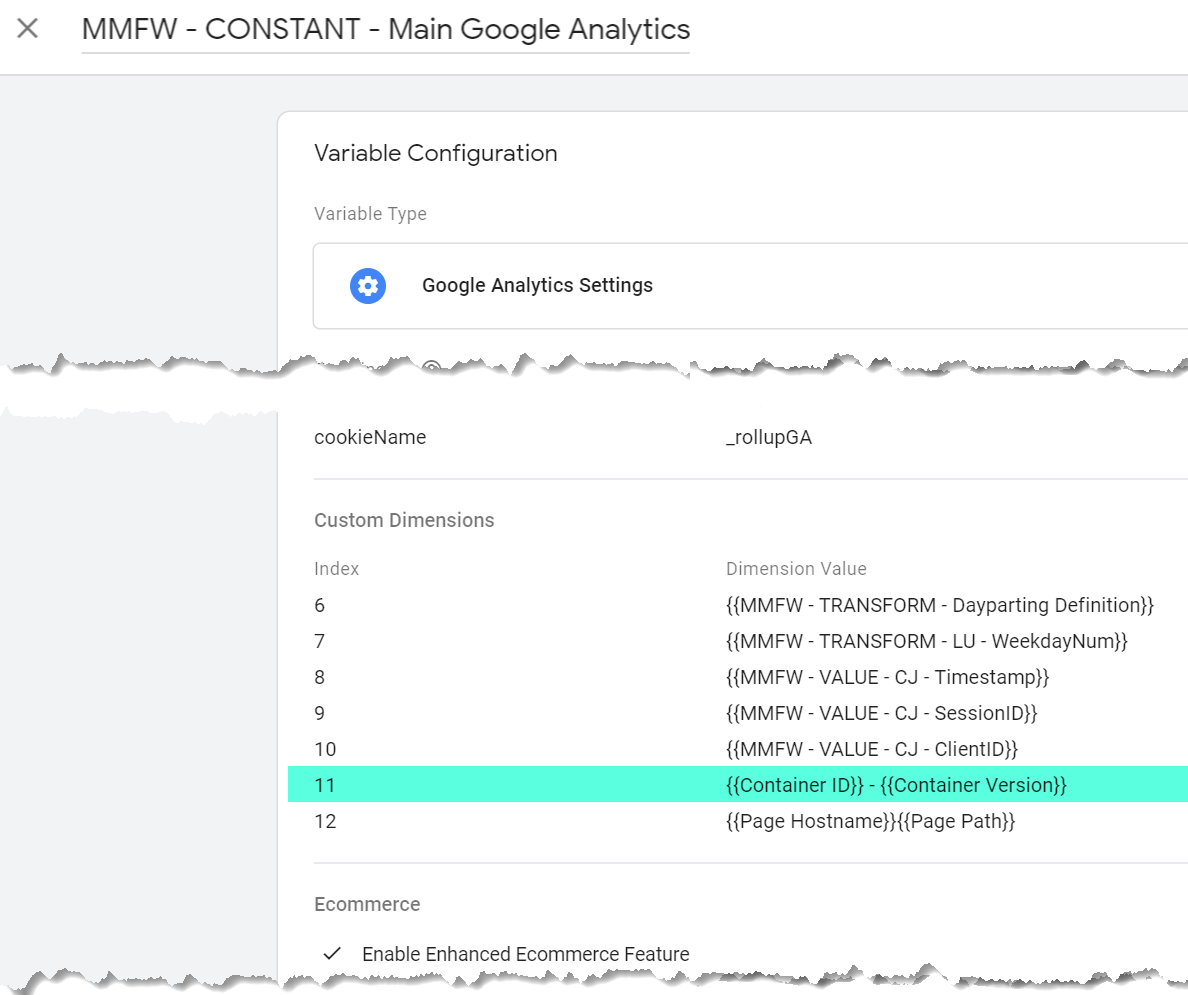Deep Dive into the 'Secondary Dimension' in Google Analytics: Everything You Must Understand
Deep Dive into the 'Secondary Dimension' in Google Analytics: Everything You Must Understand
Blog Article
Browsing the Midst of Second Dimension in Google Analytics: A Thorough Expedition on Its Functionality
Second measurements, though apparently straightforward at first glimpse, nurture a wide range of untapped prospective waiting to be used. As we begin on this journey to discover the nuanced capability of additional measurements, we will certainly discover how this feature can light up patterns, unveil correlations, and eventually lead the means for educated decision-making in the digital landscape (what is a “secondary dimension” in google analytics?).
Understanding Secondary Measurements in Google Analytics

Understanding exactly how secondary measurements job is critical for leveraging the complete power of Google Analytics. These dimensions assist you answer more complex concerns concerning customer actions and the performance of your site content and marketing initiatives. You can make use of additional dimensions to assess which web browsers or devices are most commonly used by visitors who make a purchase, or to contrast the bounce prices of different traffic resources. By combining main metrics with additional measurements, you can gain useful understandings that drive educated decision-making and optimization methods - what is a “secondary dimension” in google analytics?.
Leveraging Additional Measurements for Information Analysis
Structure upon the foundational understanding of exactly how additional dimensions boost data evaluation in Google Analytics, the utilization of these added layers of details ends up being paramount in removing valuable insights for educated decision-making and optimization techniques. By leveraging second measurements, analysts can dive much deeper into the performance metrics by including more context to the key measurements, thus discovering surprise patterns and relationships that may not be evident at initial look. This much deeper level of evaluation allows businesses to much better comprehend individual habits, recognize trends, and determine areas for enhancement.
Additionally, additional dimensions give an even more thorough view of the data, enabling for segmentation based on various specifications such as demographics, tools, web traffic sources, and extra. This segmentation assists in a more granular analysis, making it possible for services to customize their projects and methods to particular audience segments for enhanced targeting and customization. Basically, the tactical use additional dimensions equips organizations to make data-driven decisions that drive growth and success in the digital landscape.
Advanced Techniques for Additional Measurement Application
Checking out complex approaches to harness the full possibility of additional dimensions in Google Analytics boosts the deepness and elegance of information evaluation for strategic decision-making. One advanced technique for carrying out additional measurements is the usage of customized measurements. In addition, integrating second measurements with advanced sectors can offer also more granular understandings by applying multiple layers of division to the data.
Interpreting Insights Through Additional Measurements

When translating insights with additional measurements, it is necessary to consider the context of the information and see page how different dimensions connect with each other. Understanding which particular web traffic sources lead to higher conversion rates or determining which gadgets customers like for making acquisitions can supply actionable insights for enhancing advertising campaigns and enhancing overall web site efficiency. By thoroughly examining the information with additional dimensions in mind, companies can make enlightened choices that drive significant outcomes and enhance their electronic presence.
Maximizing Efficiency With Additional Dimensions

One crucial method to optimize performance with secondary dimensions is by segmenting data much more granularly. This allows you to isolate particular factors that might be influencing your metrics and get a far better understanding of what drives success this or failing in your digital initiatives. By integrating secondary measurements such as 'gadget group' and 'touchdown page,' you can determine which device types are most effective for certain landing web pages, enabling you to customize your approaches accordingly.
In addition, using additional measurements can help you recognize fads, patterns, and connections that may not appear when analyzing information with primary dimensions alone. This deeper degree of evaluation can cause more informed decision-making and eventually enhance the overall performance of your internet site or electronic marketing campaigns.
Verdict
Finally, secondary dimensions in Google Analytics play a critical function in improving information evaluation and providing deeper understandings right into internet site performance. By using sophisticated strategies and interpreting the information efficiently, services can optimize their strategies and boost general efficiency. Understanding the functionality of secondary dimensions is important for making informed choices and driving success in the digital landscape.
By leveraging secondary measurements, analysts can delve much deeper into the efficiency metrics by including even more context to the main measurements, hence discovering hidden patterns and correlations that might not be evident at first glimpse. One advanced technique for executing secondary measurements is the use of personalized measurements.Having actually understood sophisticated techniques like custom measurements and regex for secondary dimension execution in Google Analytics, the next important action is translating the valuable insights obtained with these advanced information segmentation methods. Translating insights via secondary measurements includes assessing the relationships in between the main and secondary measurements selected, discovering patterns, fads, and correlations that may not be instantly evident when looking at the data in its whole.When analyzing insights through secondary measurements, it is crucial to consider the context of the data and how different measurements engage with each various other.
Report this page